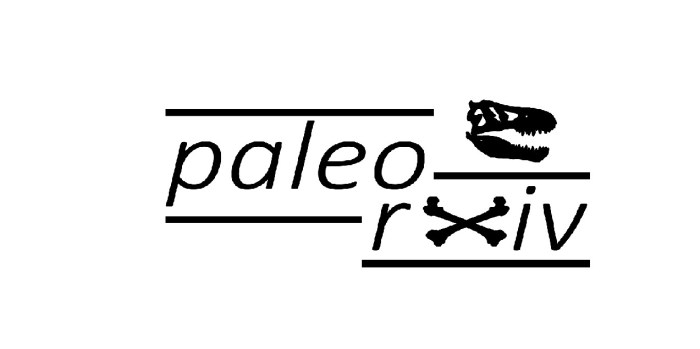Weekly stuff roundup: 23rd March, 2018
Welcome to your usual weekly roundup of vaguely interesting stuff that happened in the last week! Enjoy, and let me know if I’ve missed anything out. Palaeontology stuff Knapp et al: Patterns of divergence in the morphology of ceratopsian dinosaurs: sympatry is not a driver of ornament evolution. Cleary et al: Lepidosaurian diversity in the Mesozoic–Palaeogene: the […]
